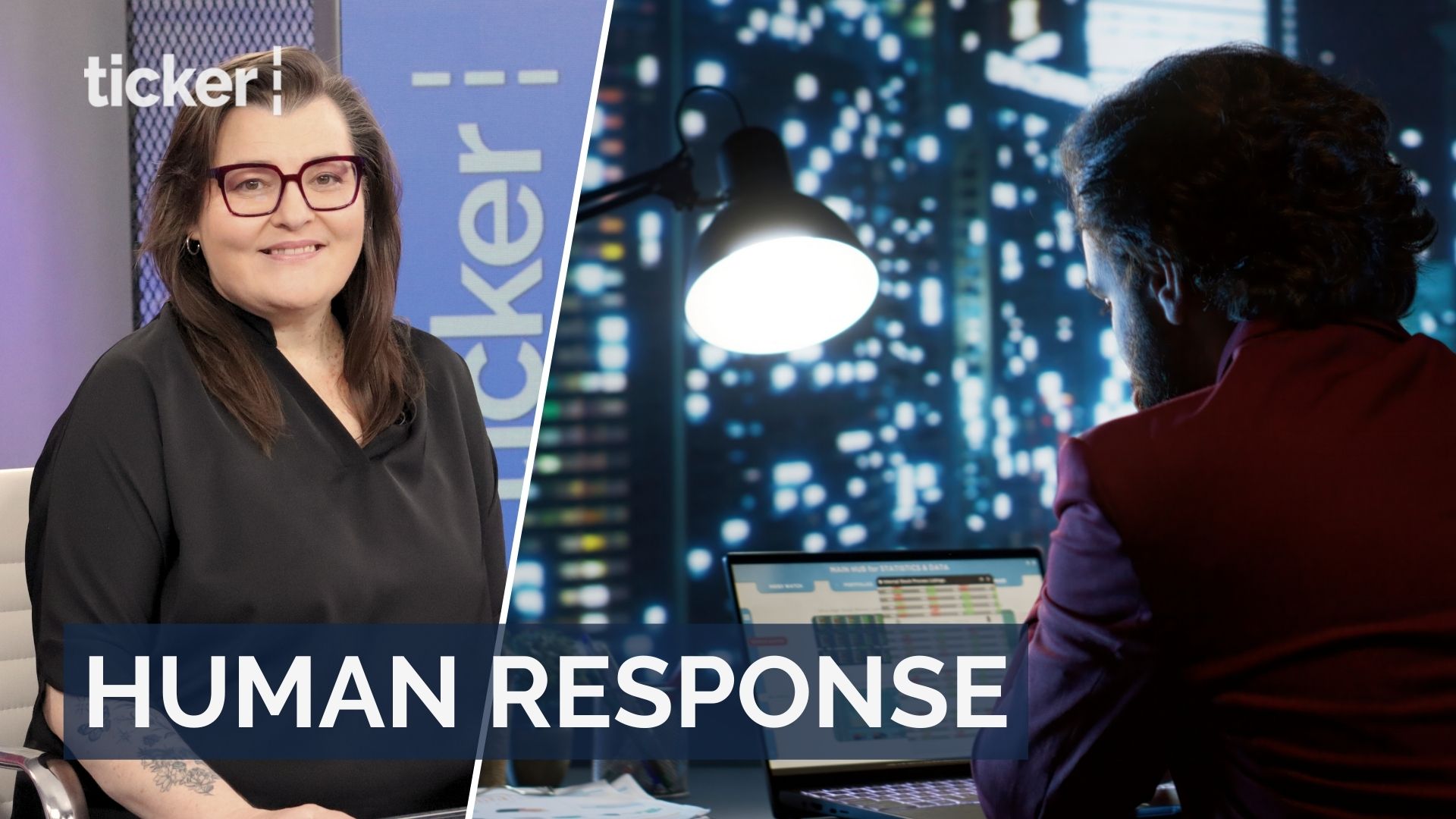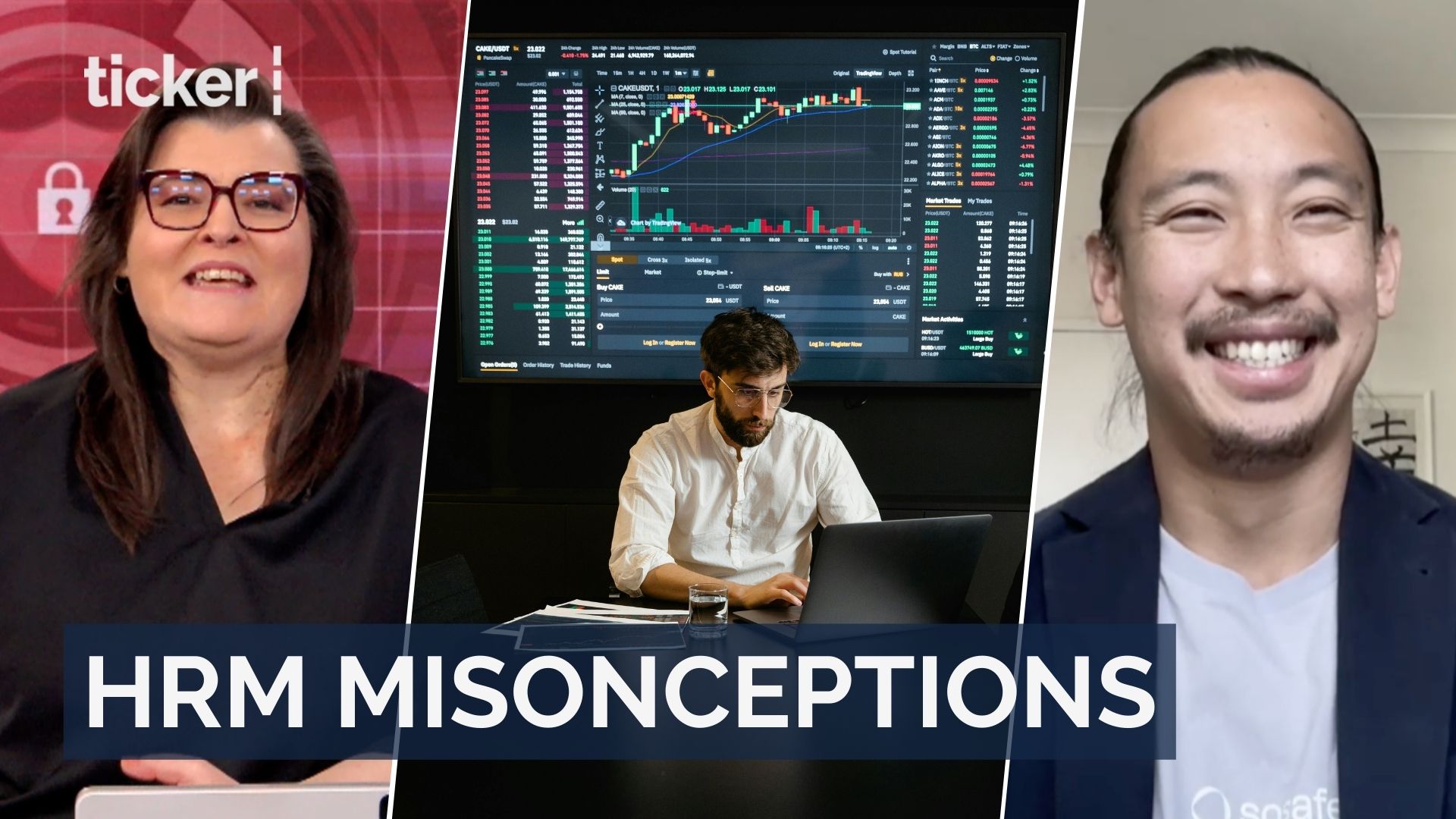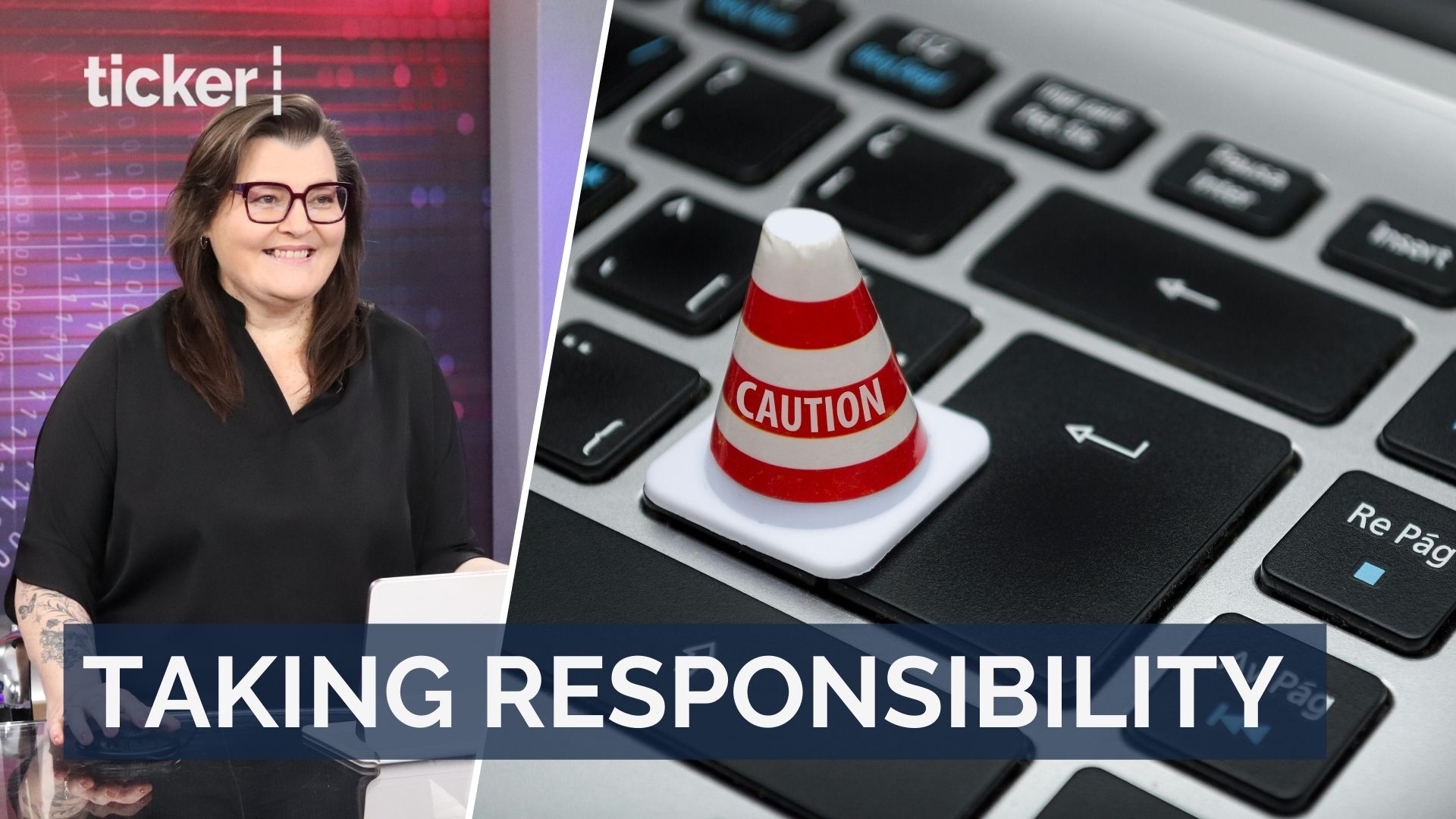Shows
AI’s impact on how parents choose schools
AI revolutionises parents’ school search, offering personalised responses instead of traditional search engine results
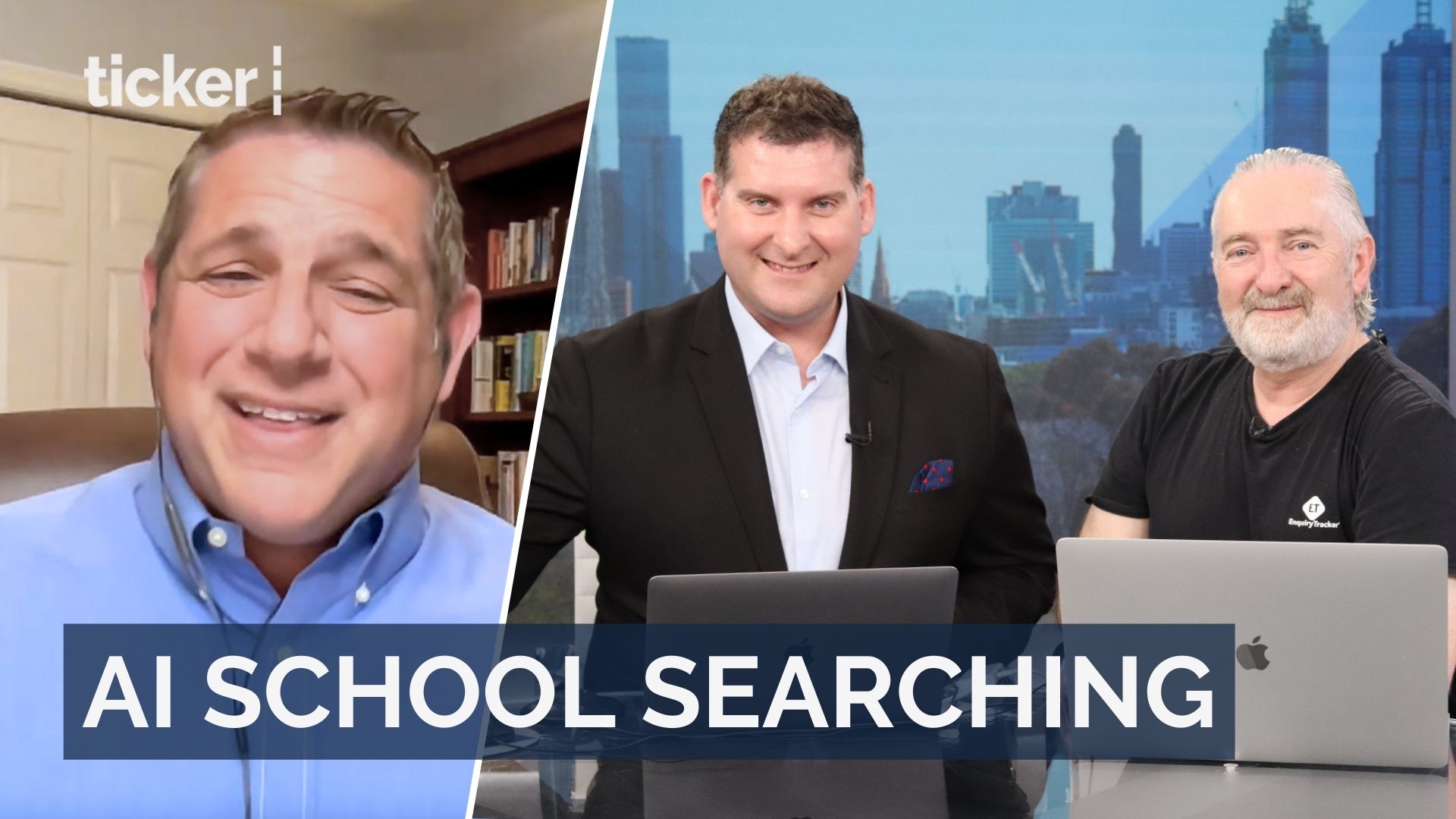

Shows
Rethinking cybersecurity: focus on human response, not error
Stop blaming human error and start focusing on understanding human response in cybersecurity
Shows
Human risk management: more than compliance training
Human risk management: a vital business enabler, not just a compliance exercise, insists SoSafe’s Andrew Pedroso
News
Who is responsible for our online safety today
Shared responsibility is crucial for online safety, mirroring the layered approach of road safety systems
-



 News4 days ago
News4 days agoUN struggles with Israel-Palestine conflict and climate action
-



 News4 days ago
News4 days agoGlobal politics in flux: Palestine recognition and Albanese speculation
-



 Ticker Views4 days ago
Ticker Views4 days agoHollywood is suing yet another AI company but there may be a better way to solve copyright
-



 Shows4 days ago
Shows4 days agoCyber safety as a crucial life skill initiative
-



 Shows4 days ago
Shows4 days agoDiscovering the hidden layers of the internet
-



 Tech4 days ago
Tech4 days agoBig Tech, foreign governments react to Trump’s H-1B visa fee
-

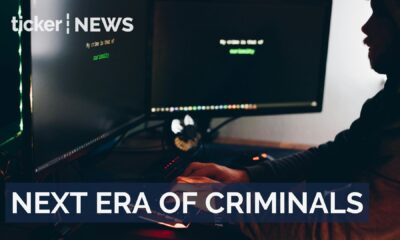

 Shows4 days ago
Shows4 days agoWho are today’s professional cybercriminals?
-



 Shows4 days ago
Shows4 days agoUnderstanding your digital footprint and its impacts




